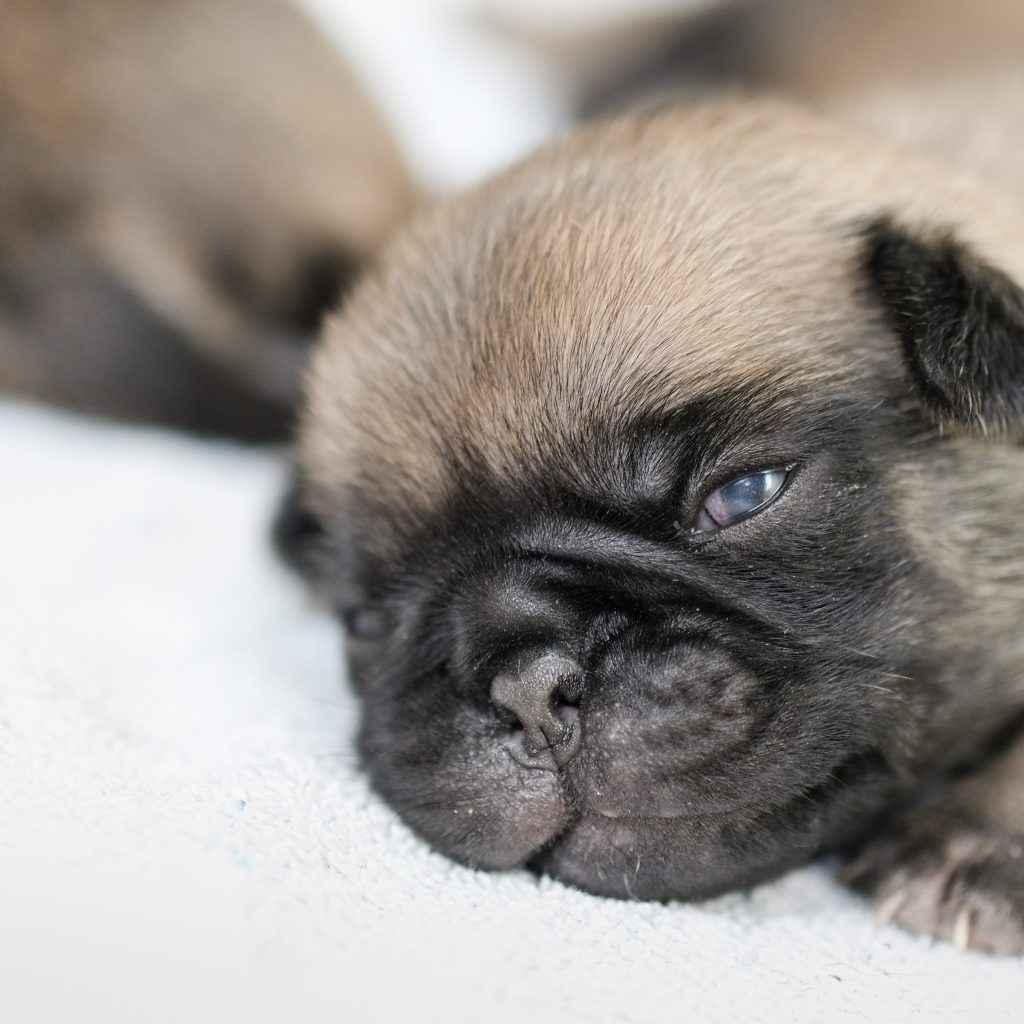Make them Feel Safe
If your Pug puppy seems fearful or anxious, try to find the source of the problem. You can try to keep them in a crate. Even though your puppy might resist this idea in the beginning, but dog crates can be lifesavers.
I’m sure your puppy would rather sleep with you, but they are den animals and will adapt very quickly to a crate.
A crate offers your puppy a sense of safety and security.
Ensure that Your Pug Puppy is Getting the Proper Diet
A proper diet is essential for your little friend. The ideal food for your Pug is the one that ensures all the nutrients your dog needs for growth and development.
If you get a Pug puppy, be certain you are feeding puppy food. They have different nutritional needs than adult dogs do. Also, ask your breeder what she is feeding the pups. Then transition your puppy from her dog food to the one that you would like him to eat.
Tailor the puppy food to meet their needs.
Convey to your Pug that it’s Not a Big Deal
Don’t make your night time departure a big deal in front of your Pug puppy. Avoid saying emotional goodbyes and try to have a low-key departure and arrival.
A simple “goodnight” and in the crate or other room will do. Don’t express your guilt or sad feelings to your puppy. Puppies can be emotional sponges and soak up everything you are feeling.
Long, emotional goodnights or goodbyes can create anxiety for your pup.
Ensure that Your Puppy has an Enriched Environment
Before you leave your pup at night, you must ensure that your puppy’s needs are well taken care of. Enrich your Pug puppy’s environment by giving him plenty of toys and exercise. A Pug puppy with pent up physical or emotional energy is more likely to cry and whine.

